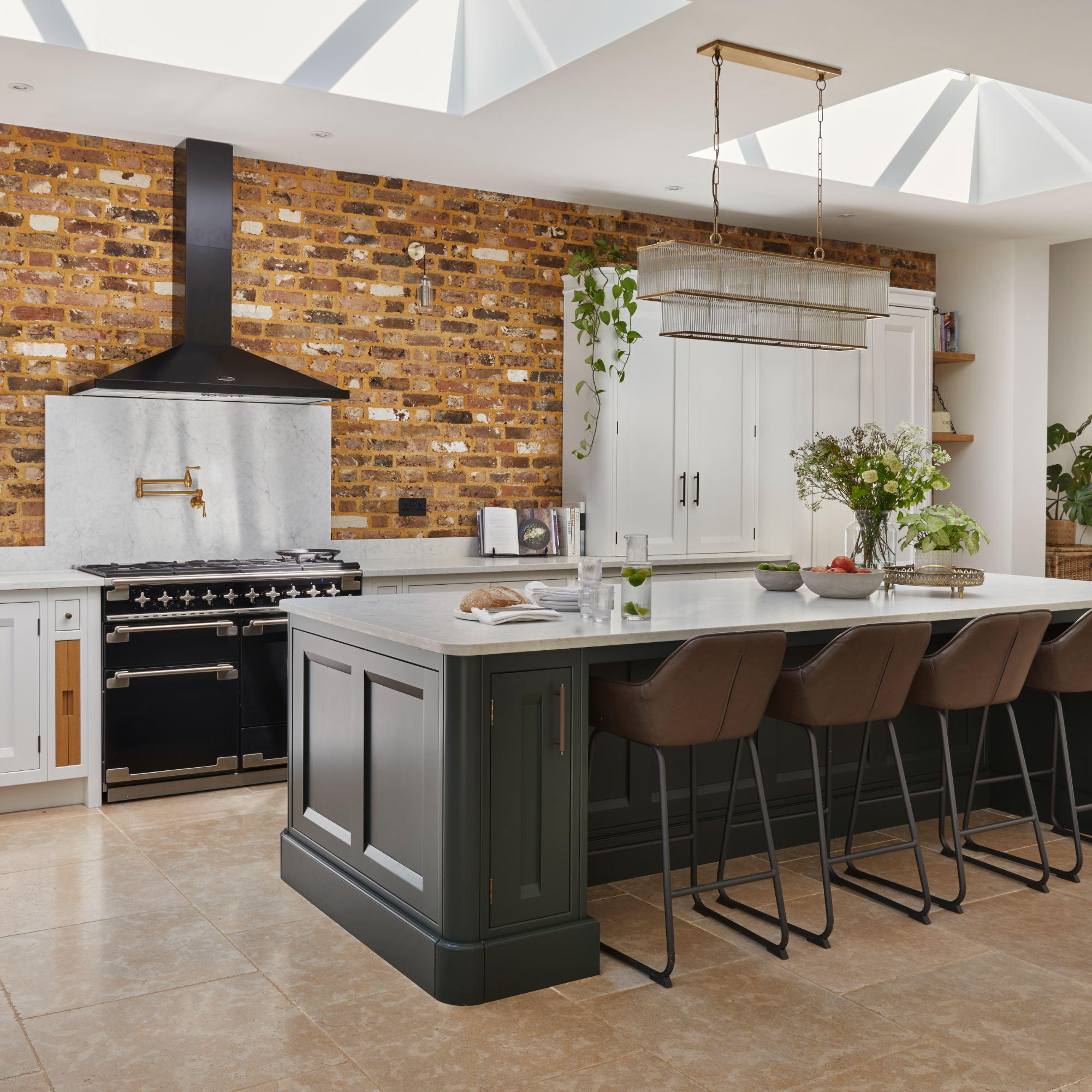
Thanks to trend-setting celebrities and the rise of the English country kitchen aesthetic, this century-old accessory is easily emerging as one of the biggest kitchen trends to date in 2023: cue, the pot filler.
The pot filler has weaved its way into our viewership as its swept social media through celebrity's well-sought-after kitchens, as well as making distinctive cameos in the likes of today's current hottest TV shows, namely, in the likes of Charlotte's Upper East Side farmhouse kitchen in And Just Like That.
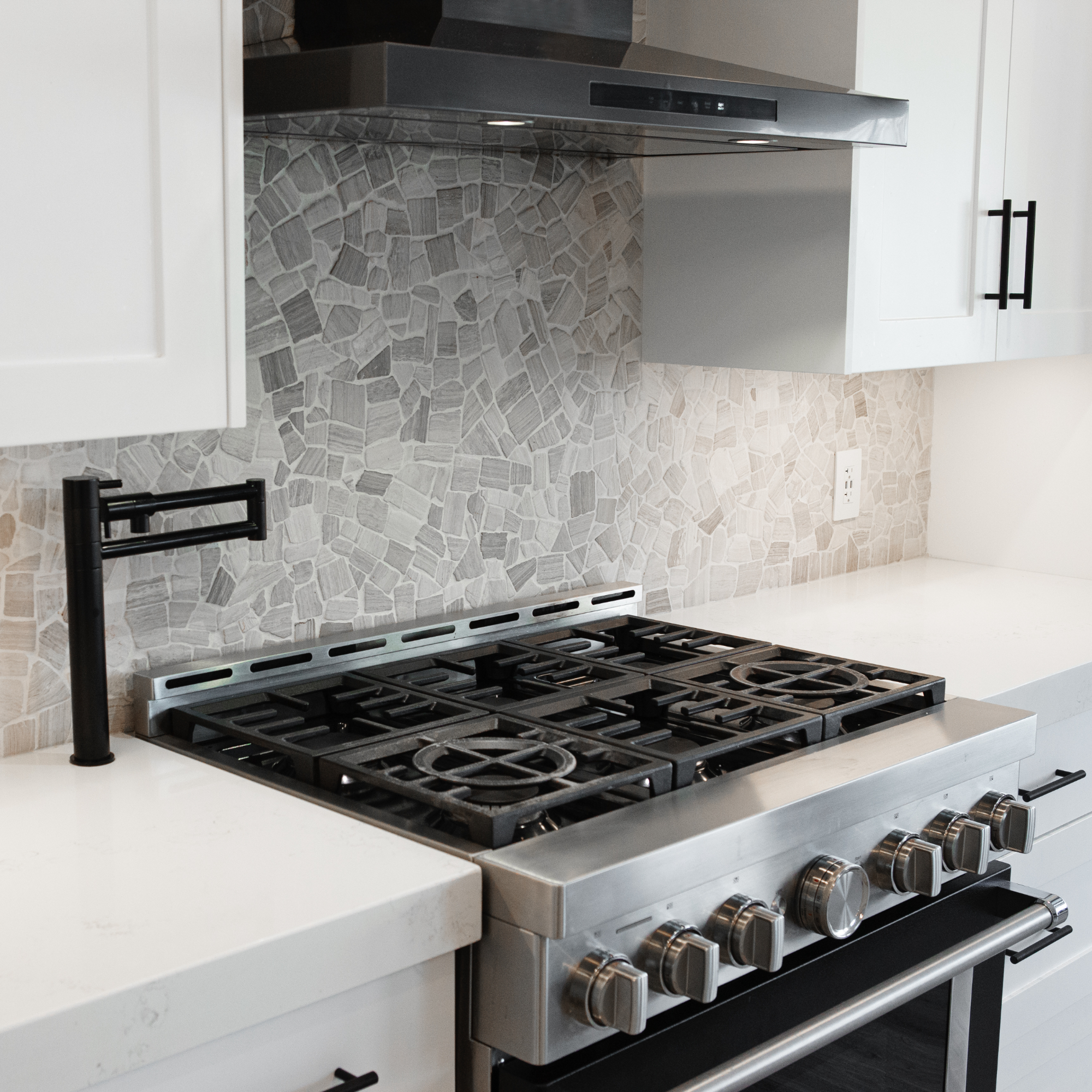
However, its current surge in popularity comes as a result of Amanda Seyfried's Architectural Digest tour, which showcased her 'stunning' pot filler that makes her kitchen look 'gourmet'.
Magnet Trade reports that Google searches for 'brass pot fillers' are up by 308% following its release last week. Not only that, but search demand for 'pot filler taps' is also up by 50% compared to this time last year, signifying that it's a trend to keep a watchful eye for throughout the year.
However, before you rush to make a decision based on celebrity and TV buzz alone, we've asked the experts to reveal the nitty gritty behind this coveted kitchen addition so you know where to spend and save on a kitchen.
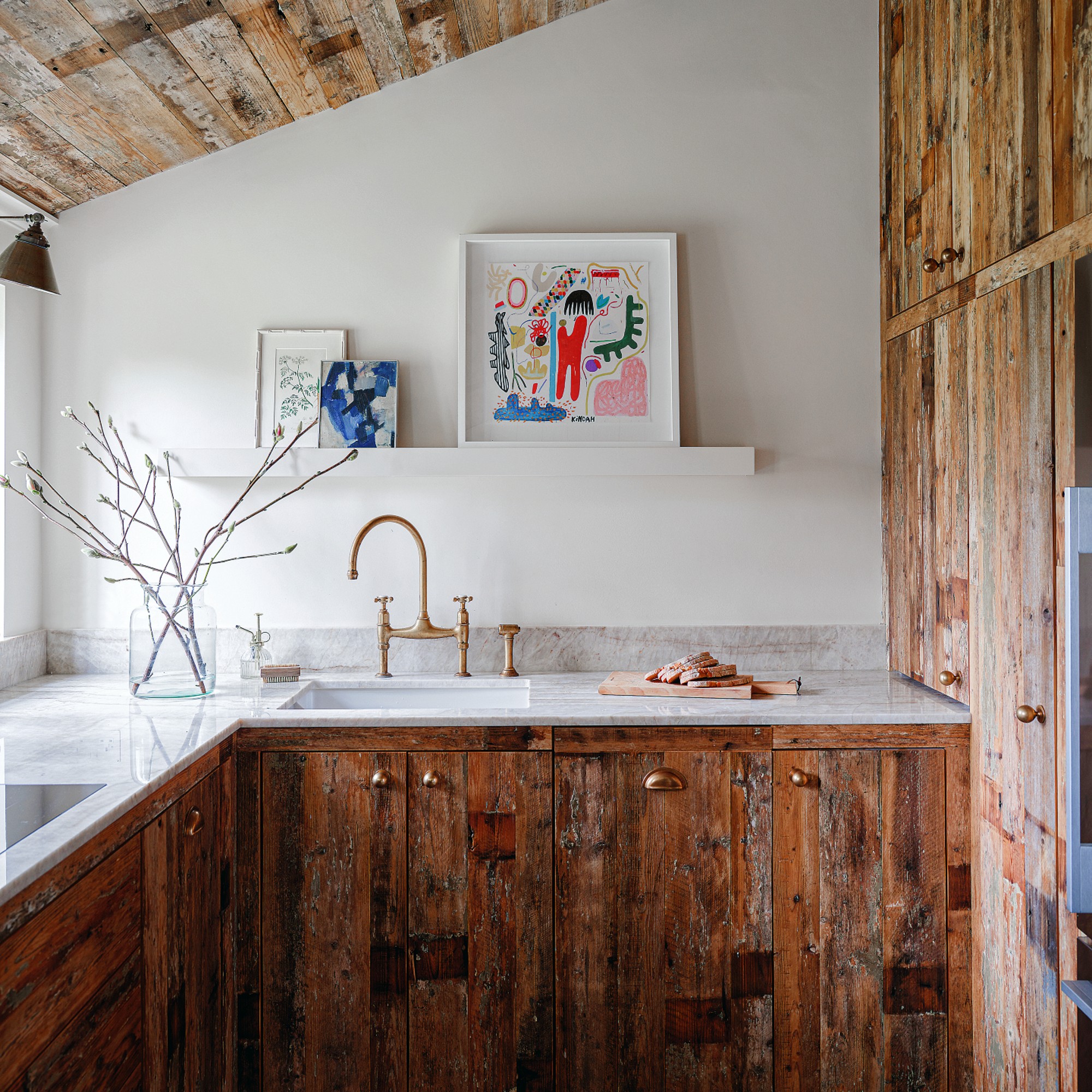
What is a pot filler?
'A pot filler is essentially a one-arm, single-temperature tap that is located above the stove. Their key benefit is the convenience of allowing you to fill pots of water directly on the stove rather than having to go back and forth from the sink,' explains Jen Nash, senior design lead at Magnet Trade.
'A pot filler can be seen by some to be an unnecessary luxury but can be a game changer for those who love to cook,' adds Richard Davonport, managing director at Davonport.
In a way, it's almost like a boiling tap, but strictly for the ease of streamlining your cooking experience.
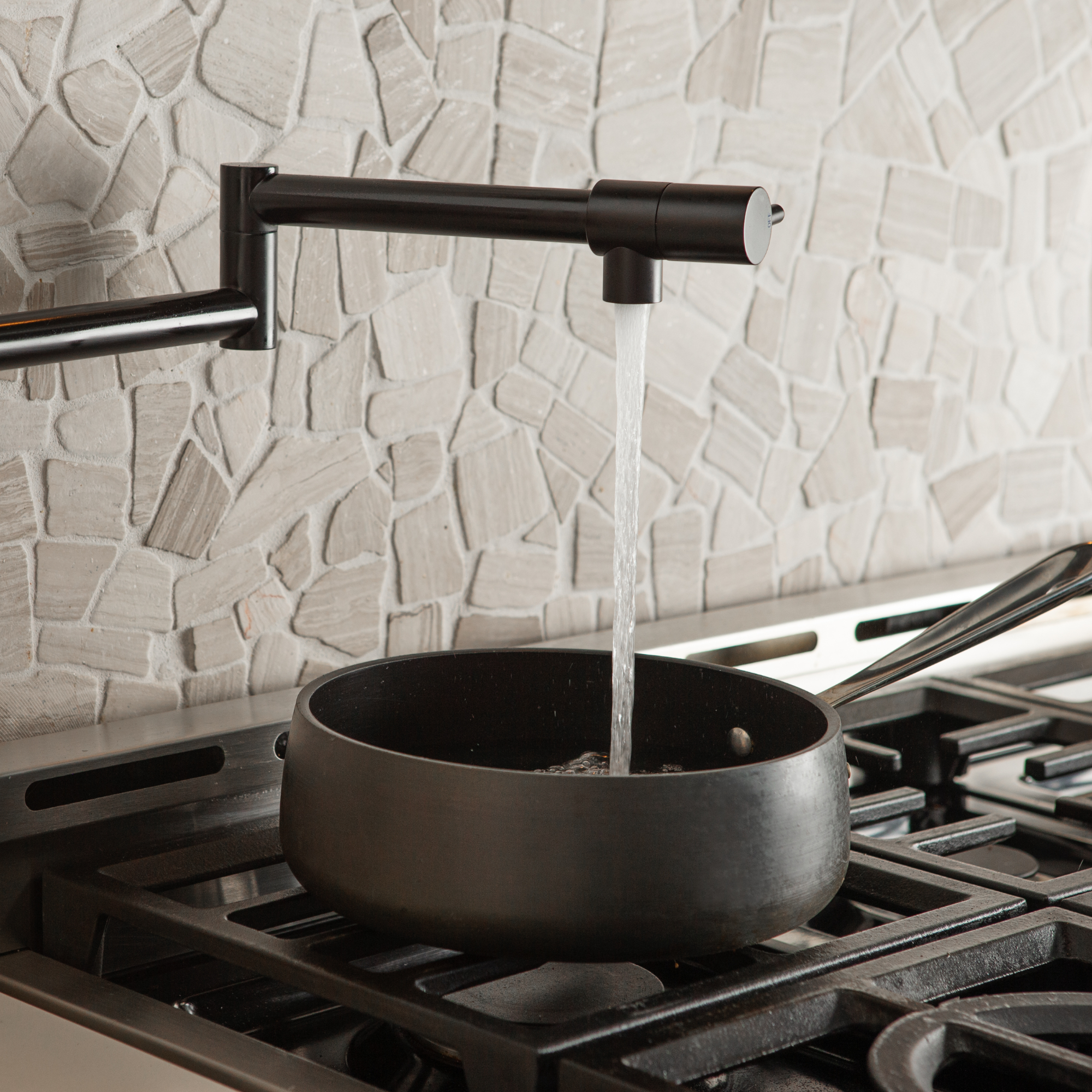
The pros of installing a pot filler
1. Ideal for busy homes
'For homeowners with several residents or busy families, having a pot filler can be convenient for reducing time spent in the kitchen. A pot filler flows approximately three to four gallons of water per minute, which is more than double the rate of a traditional sink tap. This lets you fill larger pots very quickly so that you can get on with your cooking,' explains Jen.
Richard adds, 'If you live in a busy family home or serious about cooking, they should definitely be on your wish list.'
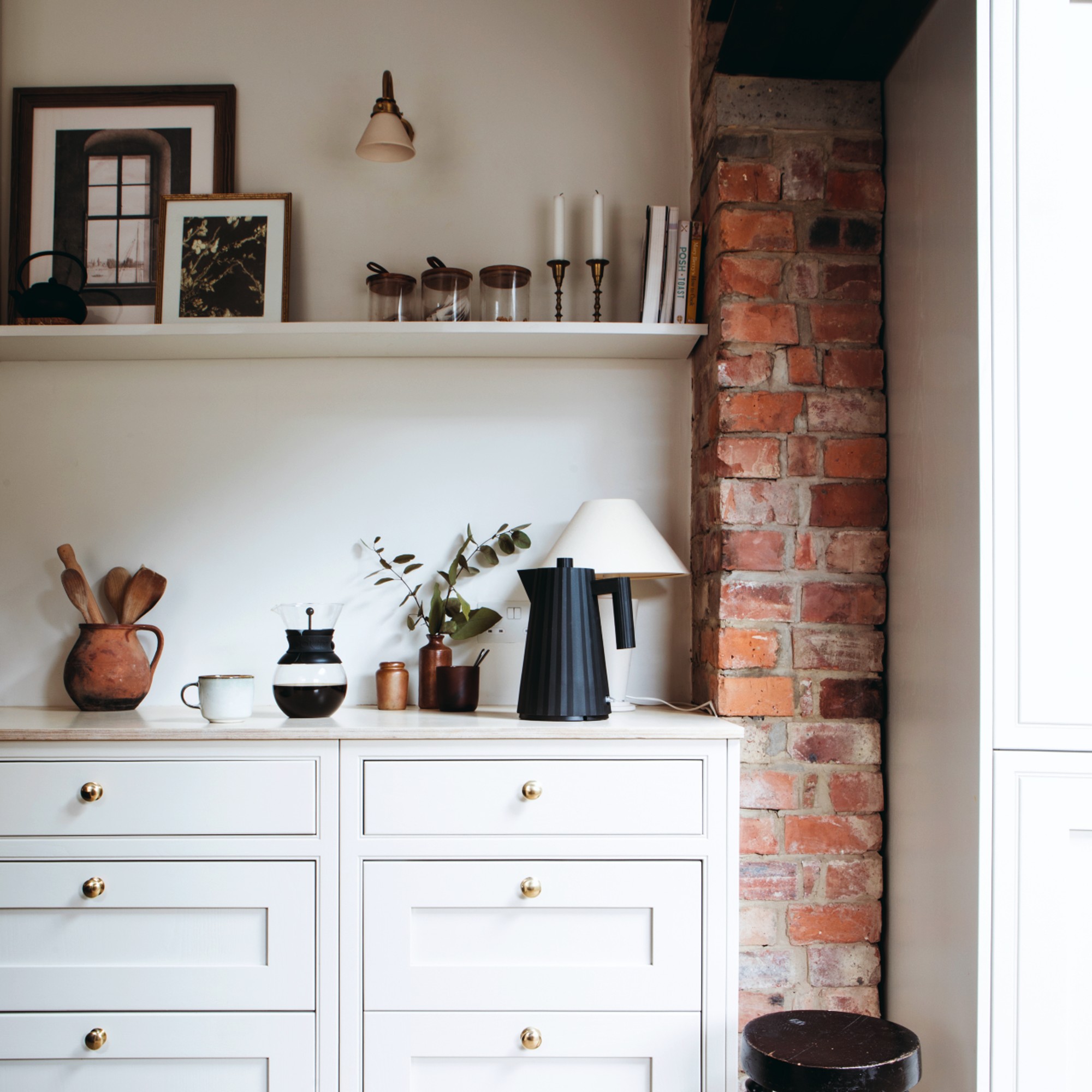
2. A safer and less strenuous cooking method
'From pasta dishes to curry and rice, lots of our favourite meals demand heavy pans full of water for cooking. A pot filler tap reduces the strain of having to carry kitchenware back and forth to the sink, which cuts the risk of any injuries and burns. This also makes it a lot safer for children to be in the kitchen whilst you cook,' adds Jen.
'Those that are less able-bodied may especially benefit, as well as those that suffer from arthritis,' notes Richard.
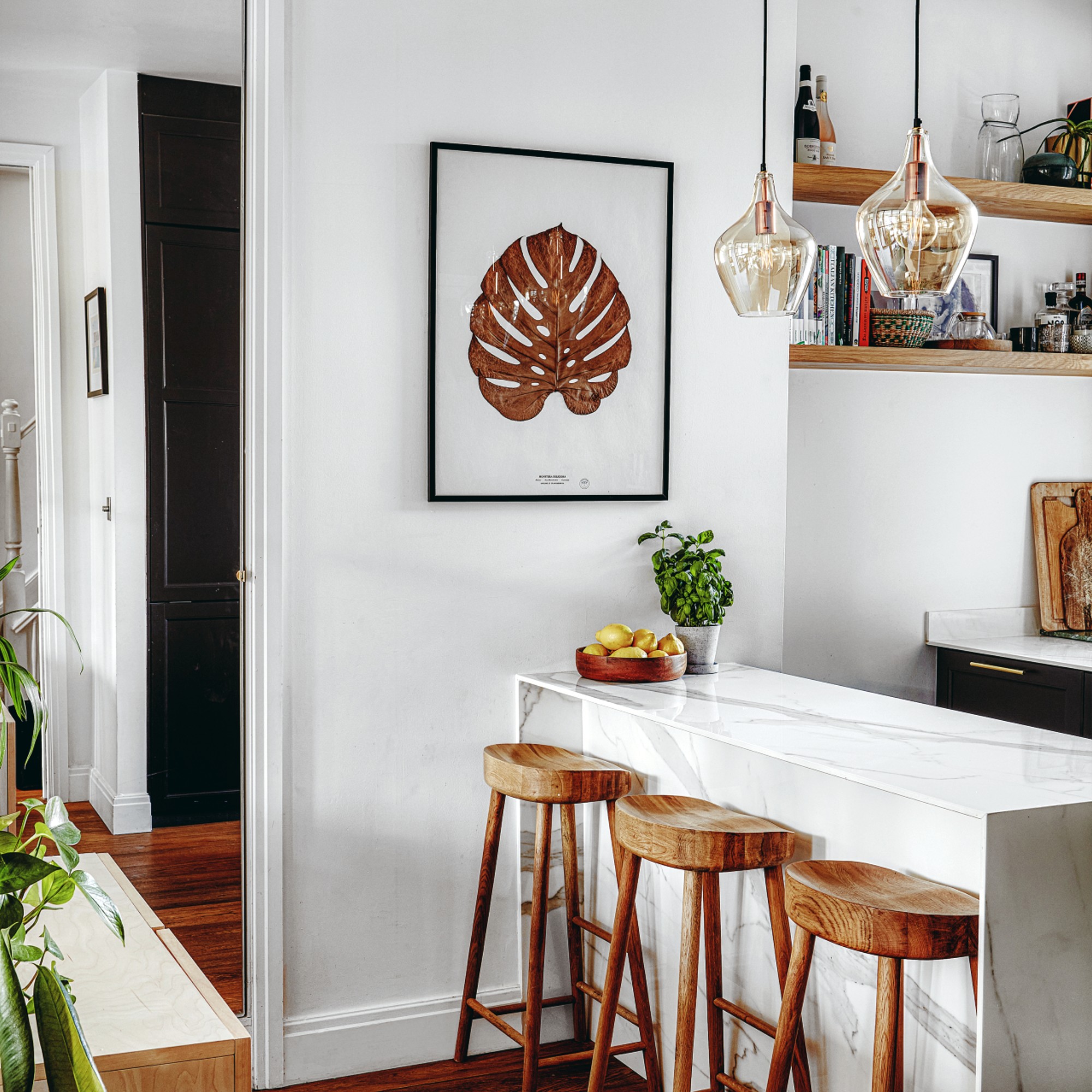
3. Adds value to your home
Although pot fillers can be a bit more of an expensive kitchen renovation project, it's not a pointless home improvement that won't add value to your home.
'As they are rising in popularity and are a unique addition to a kitchen, a pot filler can add a 3.2% asking price premium to your home. Its merging of beauty and function makes an impression on potential buyers and they currently sit as one of the best kitchen features at adding value and appeal to the space,' adds Jen.
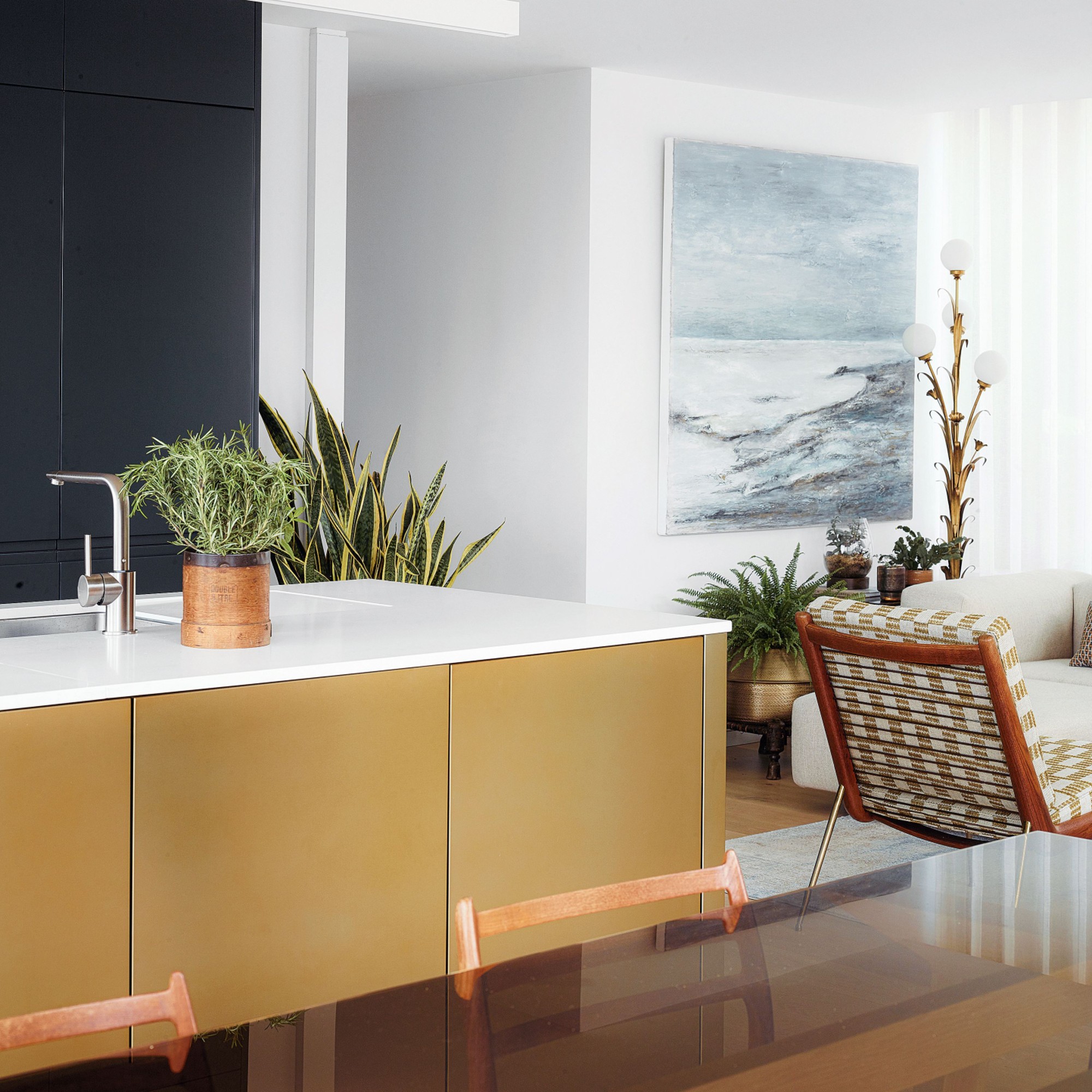
4. Helps keep a clutter-free kitchen
Richard explains, 'Some further advantages of pot fillers are that they keep the sink area free of clutter when cooking. There is no need to have to talk over or place pans in the sink to fill them up with hot water, which may encourage other family members to help wash up while you cook.'
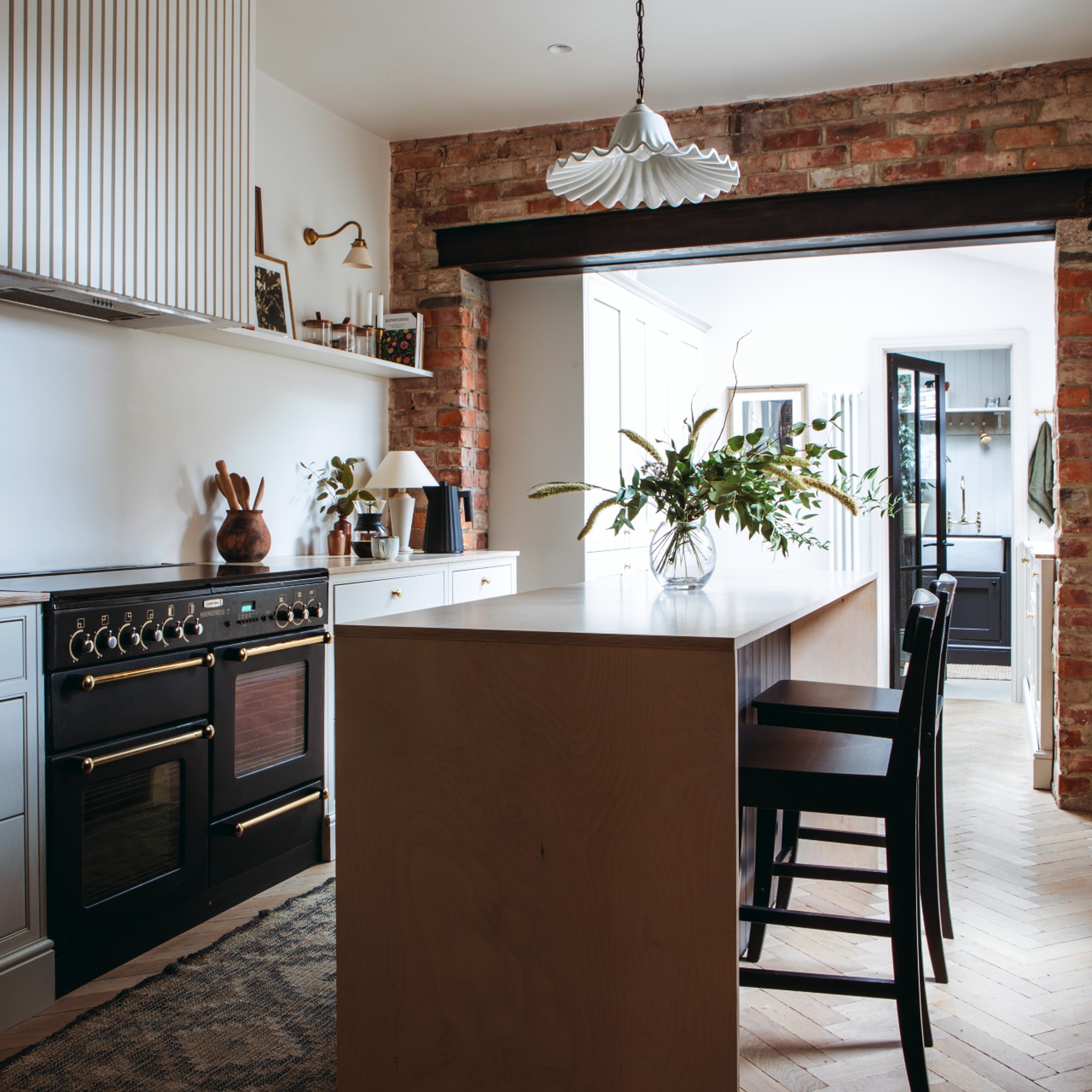
5. A standout design feature
Did we mention that they're a 'stunning' kitchen addition too?
'Aside from their convenient and practical benefits, they can be a focal design point or statement in a kitchen that adds to the charm and feel of a farmhouse kitchen. Or, from polished chrome and aged brass to brushed nickel and modern golds, there is also a range of finishes you can choose from to suit your desired kitchen aesthetic,' explains Jen.
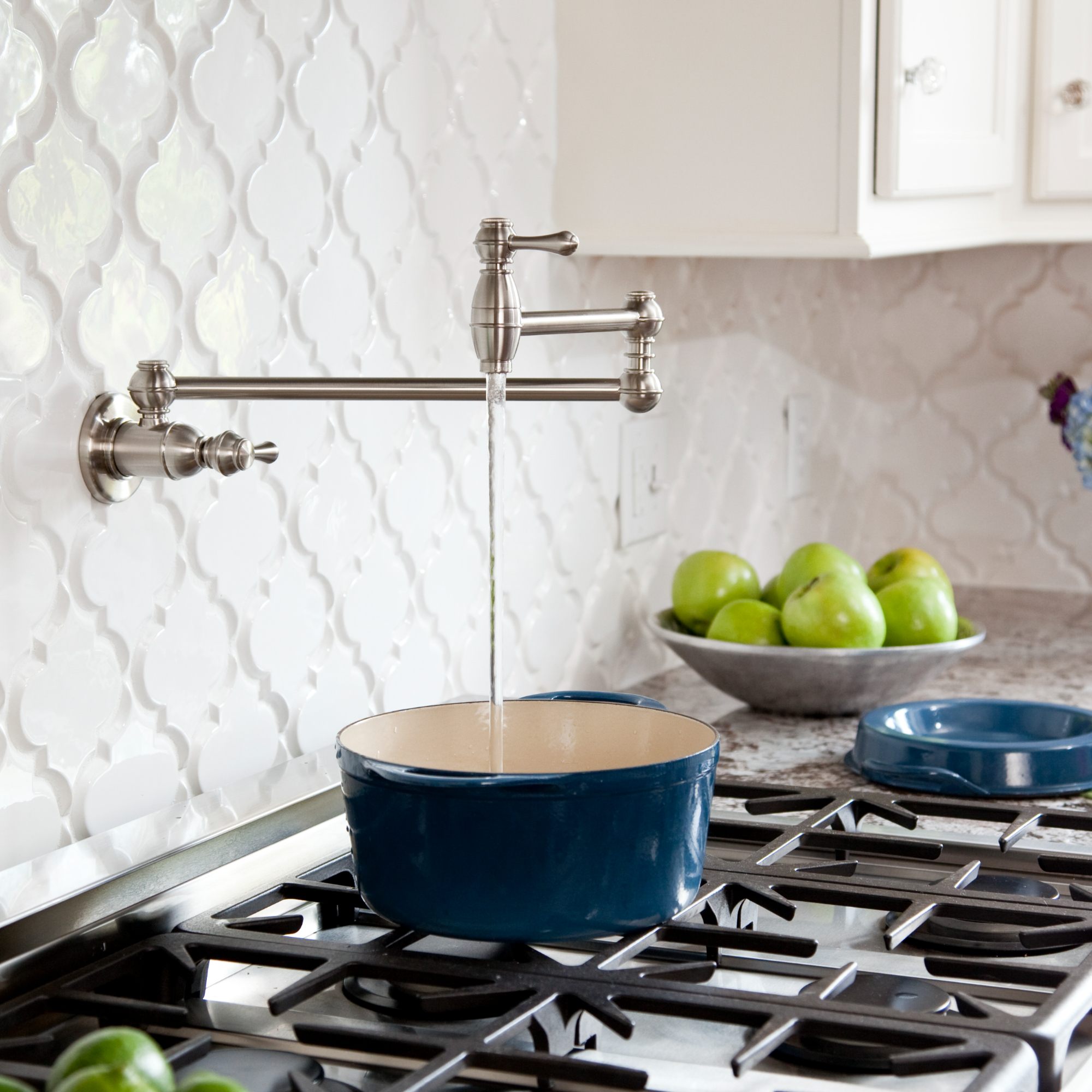
The cons of installing a pot filler
Of course, as with anything, we've got to weigh it up as fairly as we can.
1. Leak risk and improper drainage system
As with any plumbed feature, they pose a risk of leaking. 'Even if you remember to turn it tight and stop any drips, we all know that malfunctions can happen in the kitchen,' warns Jen.
'This is no issue for a regular sink, but as pot fillers are fixed to a wall or splashback they can leak directly onto your stove. This can cause considerable damage and if you have a shiny range cooker, it may not be an expense you want to risk.'
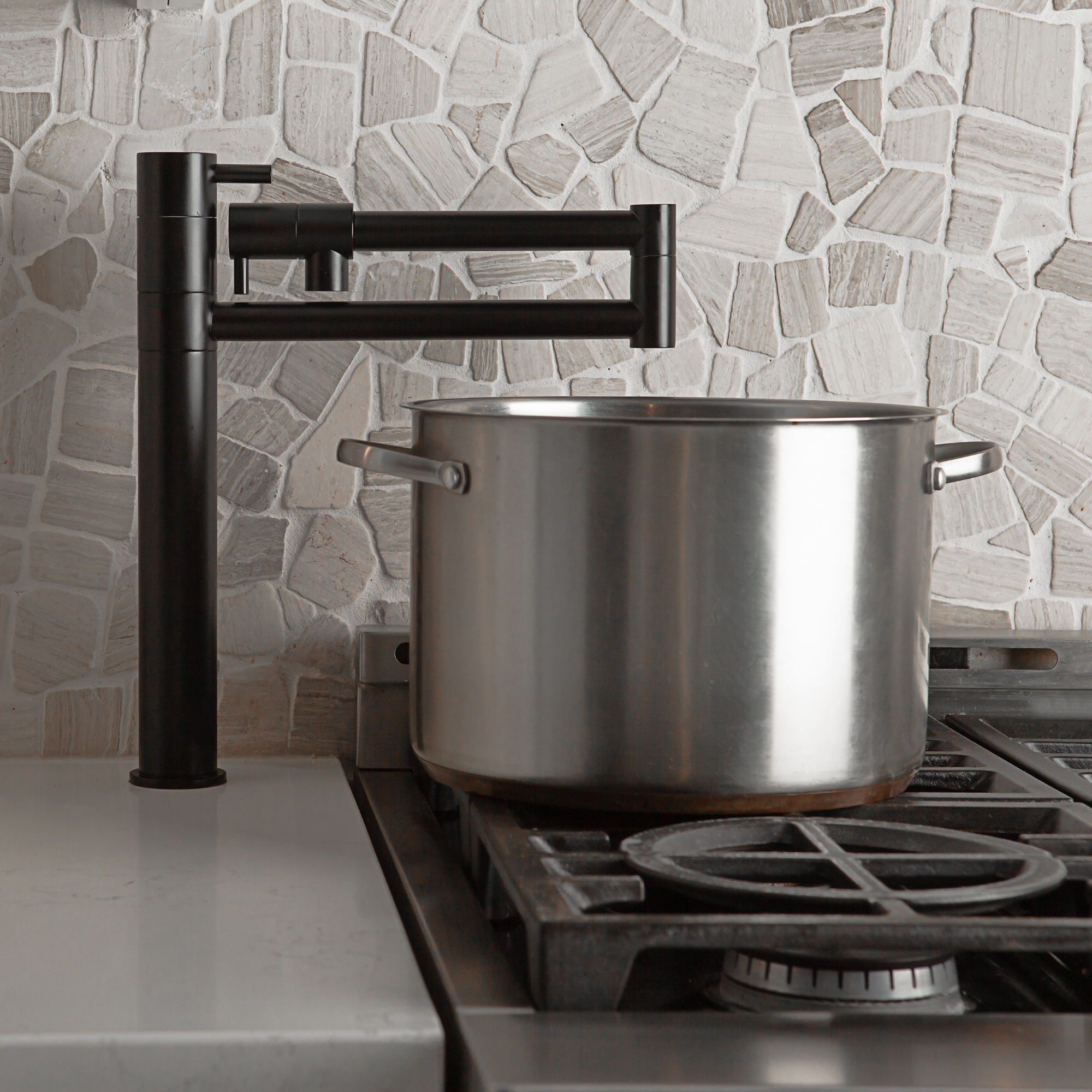
2. Expensive
Now, there's a reason why so many celebrities have this sought-after kitchen accessory: it's an expensive addition.
Jen explains, 'Plumbing in a brand new tap can be expensive, especially when you are working around existing kitchen features. On average, pot fillers currently retail between £170-£500 plus the price of having a plumber fit the faucet, which can cost up to £300.'
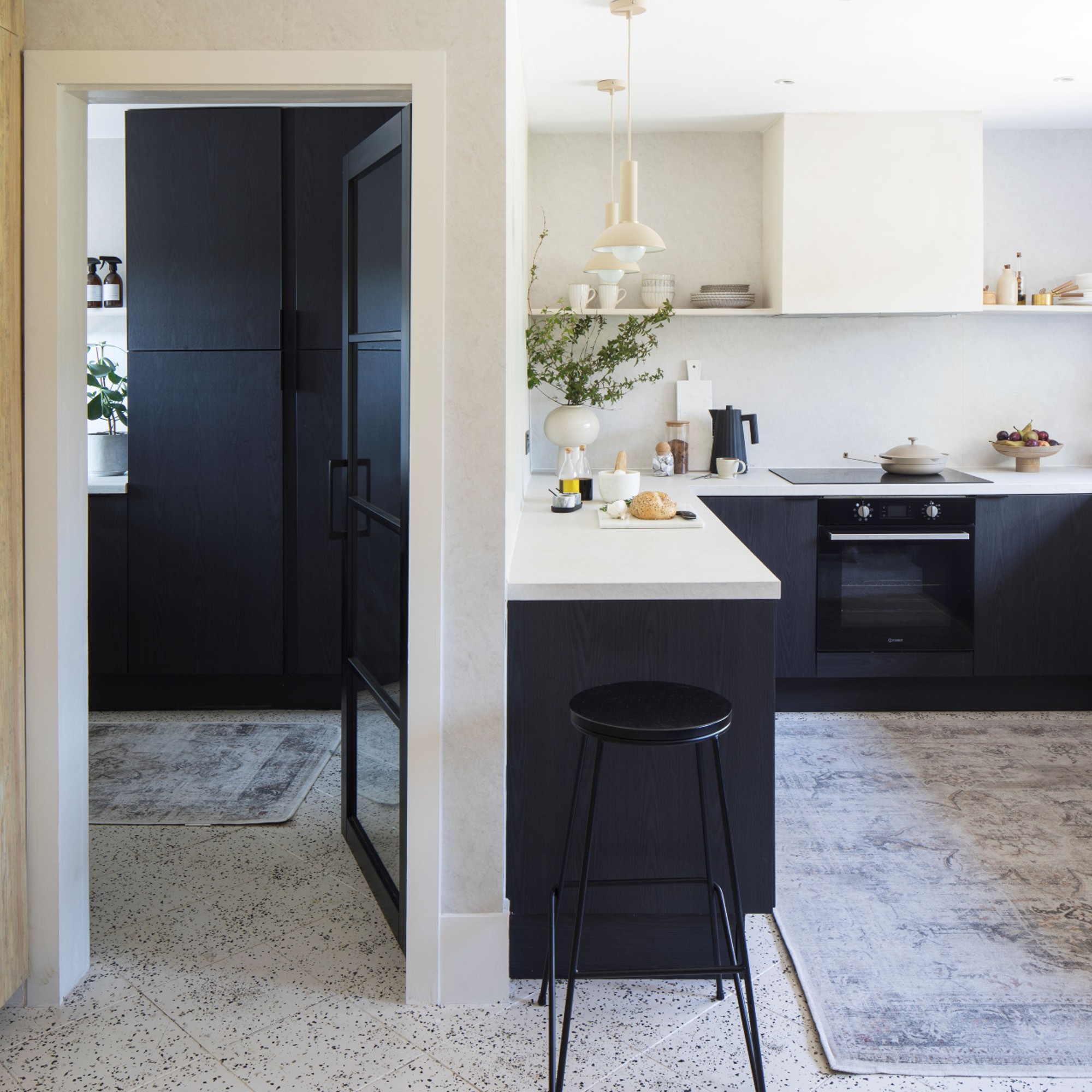
3. Maintenance
With another kitchen feature comes the necessity for maintenance, especially as it's fitted directly above a stove where it's inevitable to collect grease and food splatters. So unless you're one to keep a close eye on commonly missed areas of the kitchen when cleaning, it may be best to steer clear.
Jen finishes with this: 'Overall, it's important to carefully think about your cooking habits and if the investment in a pot filler tap is worthwhile in relation to your everyday needs.'
'From spray kitchen taps to boiling water taps, there are a variety of taps which offer more functions and benefits than the ordinary tap but have a smaller price tag compared to a pot filler tap.'







